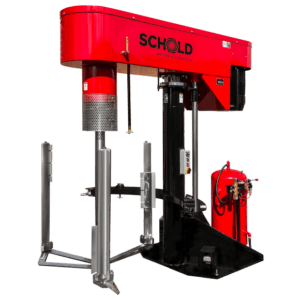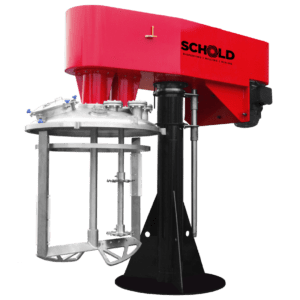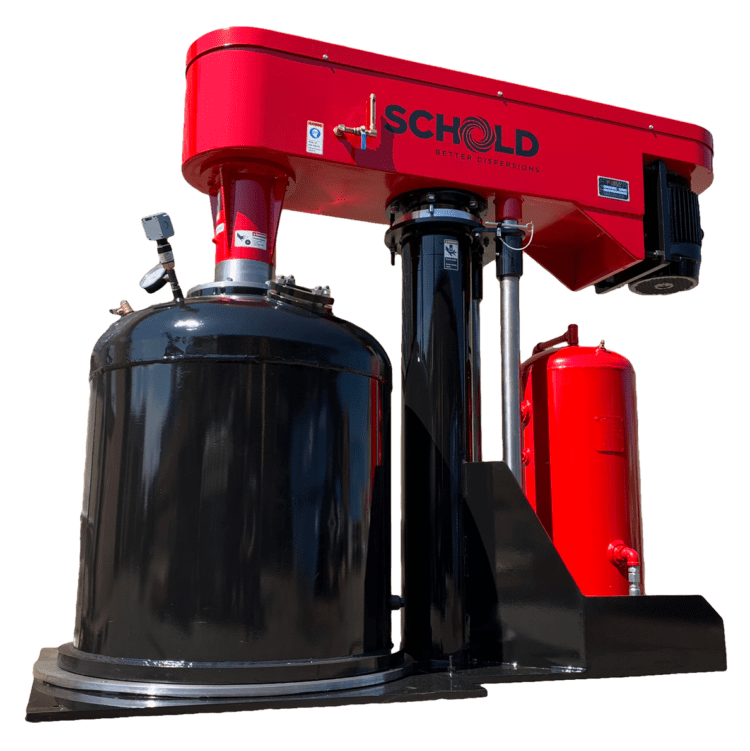Mixing Equipment for Adhesives and Sealants
Schold provides mixing equipment for adhesives and sealants as a trusted partner in the industry. Our high-speed dispersers, low-speed mixers and blenders, multi-shaft mixers, and vacuum drum mixers are widely used for processing a variety of these applications.
Mixing Equipment for Adhesives and Sealants
Schold provides mixing equipment for adhesives and sealants as a trusted partner in the industry. Our high-speed dispersers, low-speed mixers and blenders, multi-shaft mixers, and vacuum drum mixers are widely used for processing a variety of these applications.
Recommended Mixing Equipment
Find common base models/designs of mixing equipment for adhesives and sealants. Questions? Need a quote? Schold can assist with questions or customized options specific for your application.
Schold Customer Spotlight
After 75+ years, Schold has accumulated a large customer base. We have hundreds of customers with mixing equipment for adhesives and sealants. ITW Performance Polymers, a leading manufacturer of structural and semi-structural adhesives, grouting and chocking compounds, sprayable syntactic materials, and wear-resistant coatings, use Schold multi-shaft mixers for production:
ITW Performance Polymers
Danvers, MA
“We have a Schold twin-shaft mixer and called for service on a pulley bearing that was deteriorating after many years of use. John the VP picked up, diagnosed the issue, immediately sent a tech to restore the part, and the machine is back to running like new. When you need it most, Schold is there for you.”
-Syedzia Rizvi, Maintenance Manager

ITW Performance Polymers
Danvers, MA
“We have a Schold twin-shaft mixer and called for service on a pulley bearing that was deteriorating after many years of use. John the VP picked up, diagnosed the issue, immediately sent a tech to restore the part, and the machine is back to running like new. When you need it most, Schold is there for you.”
-Syedzia Rizvi, Maintenance Manager
OTHER TRUSTED COMPANIES USING SCHOLD MIXING EQUIPMENT FOR ADHESIVES AND SEALANTS:





Product Applications
Adhesives and sealants are used in a range of industries, which require specific properties and performance. Our team of experts work with many companies in this space, and Schold equipment is custom designed to process these applications (along with many others):
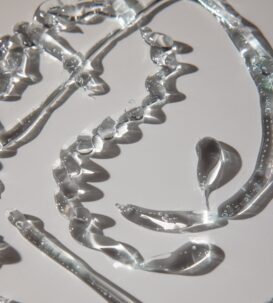
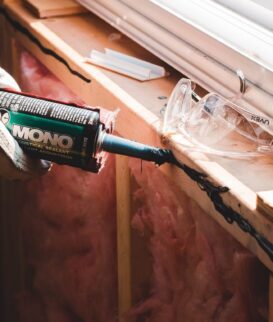
- Formulation Development: Creating formulations by blending polymers, resins, and additives for desired properties such as adhesion strength, flexibility, and curing characteristics.
- Polymer Dispersion: Achieving uniform dispersion of polymers and resins in liquid carriers to create stable adhesive or sealant solutions with consistent properties.
- Filler and Reinforcement Dispersion: Dispersing and blending fillers, reinforcing agents, and additives to enhance the mechanical properties and performance of adhesives and sealants.
- Colorant Dispersion: Ensuring even dispersion of pigments and colorants in adhesives and sealants to achieve consistent color and appearance in the final product.
- Microsphere Dispersion: Dispersing microspheres or other additives to modify rheological properties, providing specific functionalities like thixotropy.
- Curing Agent Mixing: Blending and dispersing curing agents or initiators to promote the curing or setting, controlling the timing and strength of the bond.
- Hot-Melt Adhesive Processing: Melting, blending, and dispensing hot-melt adhesives, which solidify upon cooling, for applications such as packaging, bookbinding, and product assembly.
- Reactive Adhesive Processing: Mixing and dispersing components of reactive adhesives, such as two-part epoxies or polyurethanes, to initiate chemical reactions and achieve desired properties.
- Pressure-Sensitive Adhesive (PSA) Production: Formulating and processing adhesives with controlled tackiness and peel strength for applications like labels, tapes, and medical adhesives.
- Sealant Emulsion Preparation: Creating stable emulsions for water-based sealants, ensuring proper dispersion of polymers, fillers, and additives for optimal performance.
- Silicone Sealant Mixing: Blending and dispersing silicone polymers, fillers, and cross-linking agents to formulate silicone sealants with specific properties like flexibility and weather resistance.
- UV-Curable Adhesive Processing: Formulating adhesives that cure rapidly under ultraviolet (UV) light, requiring precise mixing and dispersion of photoinitiators and reactive monomers.
- Low-VOC (Volatile Organic Compounds) Adhesive Production: Developing environmentally friendly adhesives with reduced VOC content, necessitating precise dispersion and blending of low-VOC components.
- Adhesive and Sealant Testing Samples: Preparing small batches or samples for testing purposes, requiring accurate mixing and dispersion to replicate larger production conditions.
Mixing/Processing Challenges
Adhesives and sealants are complex formulations that often require precise mixing equipment such as high-speed dispersers, multi-shaft mixers, and vacuum drum mixers for processing. Whether you choose Schold or another partner, selecting the proper mixing equipment for adhesives and sealants is crucial for overcoming these common challenges:
- Material Homogeneity: Achieving consistent and uniform dispersion of diverse components, including polymers, fillers, and additives, to ensure the desired properties in the final adhesive or sealant product.
- Viscosity Control: Managing variations in viscosity, especially for high-viscosity formulations, to maintain proper flow characteristics during processing with dispersers and mixers.
- Color Consistency: Achieving uniform dispersion of colorants to ensure consistent color throughout the product, especially critical in applications where aesthetics are essential.
- Degassing: Effectively removing entrapped air and gases during the mixing and dispersing processes prevents voids, bubbles, and surface defects. This is crucial for maintaining reliable product performance.
- Thixotropic Behavior: Controlling the thixotropic behavior of the adhesive or sealant to ensure proper application and prevent issues such as sagging or uneven coverage.
- Temperature Sensitivity: Addressing the impact of temperature on the processing of heat-sensitive materials, ensuring that curing or setting reactions occur optimally without compromising quality.
- Abrasive Wear on Equipment: Managing wear and tear on milling and mixing equipment due to abrasive materials, ensuring durability and consistent performance over time.
- Scale-Up Challenges: Adapting laboratory-scale processes to larger industrial scales while maintaining precision, consistency, and efficiency in material dispersion and blending.
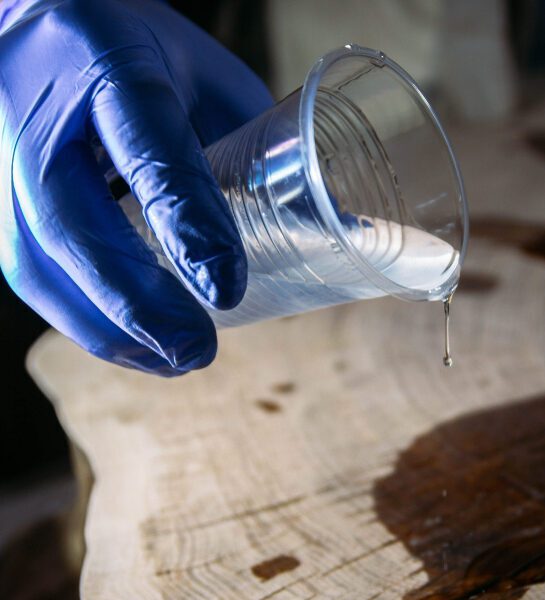
- Material Homogeneity: Achieving consistent and uniform dispersion of diverse components, including polymers, fillers, and additives, to ensure the desired properties in the final adhesive or sealant product.
- Viscosity Control: Managing variations in viscosity, especially for high-viscosity formulations, to maintain proper flow characteristics during processing with dispersers and mixers.
- Color Consistency: Achieving uniform dispersion of colorants to ensure consistent color throughout the product, especially critical in applications where aesthetics are essential.
- Degassing: Effectively removing entrapped air and gases during the mixing and dispersing processes prevents voids, bubbles, and surface defects. This is crucial for maintaining reliable product performance.
- Thixotropic Behavior: Controlling the thixotropic behavior of the adhesive or sealant to ensure proper application and prevent issues such as sagging or uneven coverage.
- Temperature Sensitivity: Addressing the impact of temperature on the processing of heat-sensitive materials, ensuring that curing or setting reactions occur optimally without compromising quality.
- Abrasive Wear on Equipment: Managing wear and tear on milling and mixing equipment due to abrasive materials, ensuring durability and consistent performance over time.
- Scale-Up Challenges: Adapting laboratory-scale processes to larger industrial scales while maintaining precision, consistency, and efficiency in material dispersion and blending.



